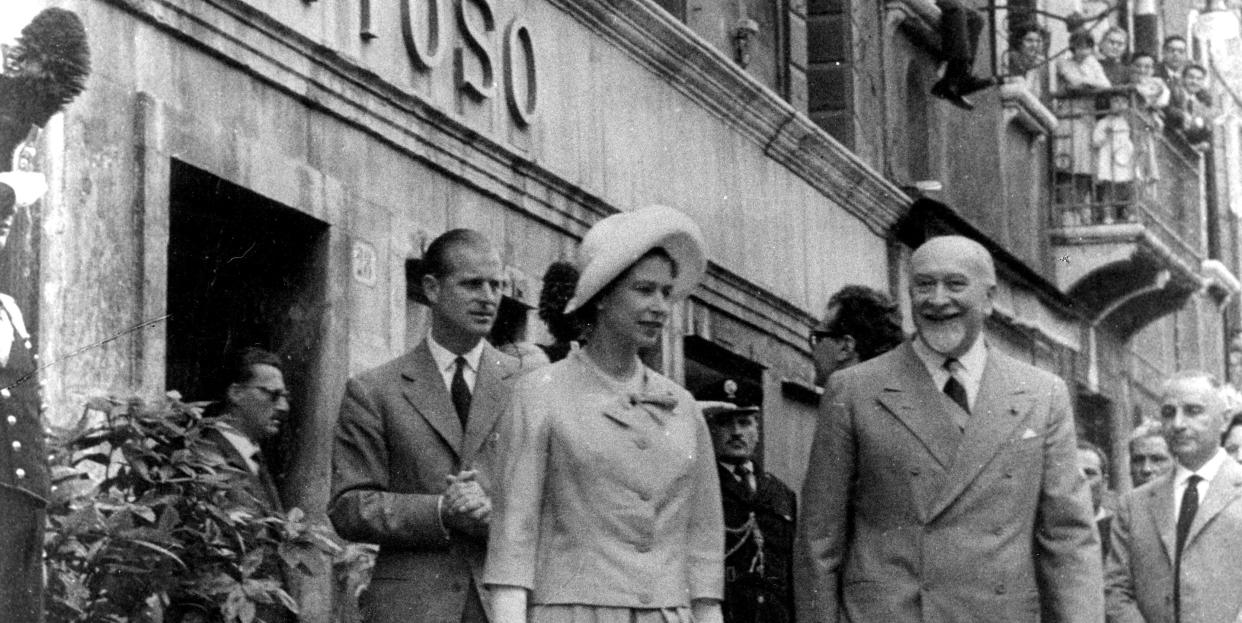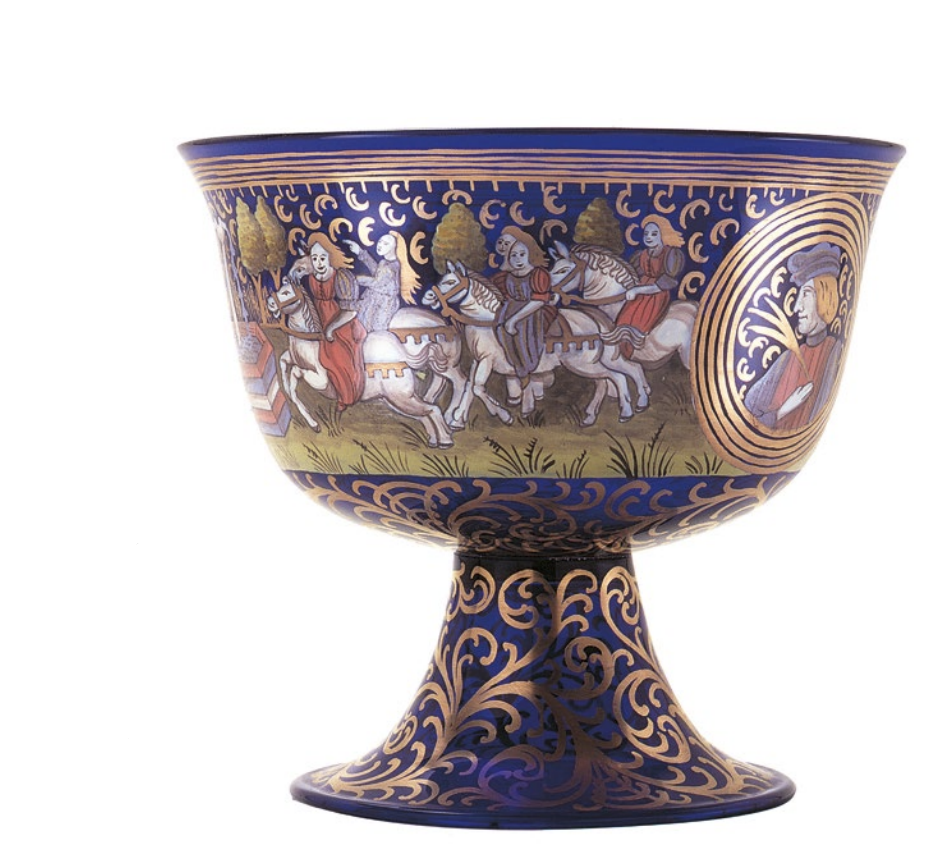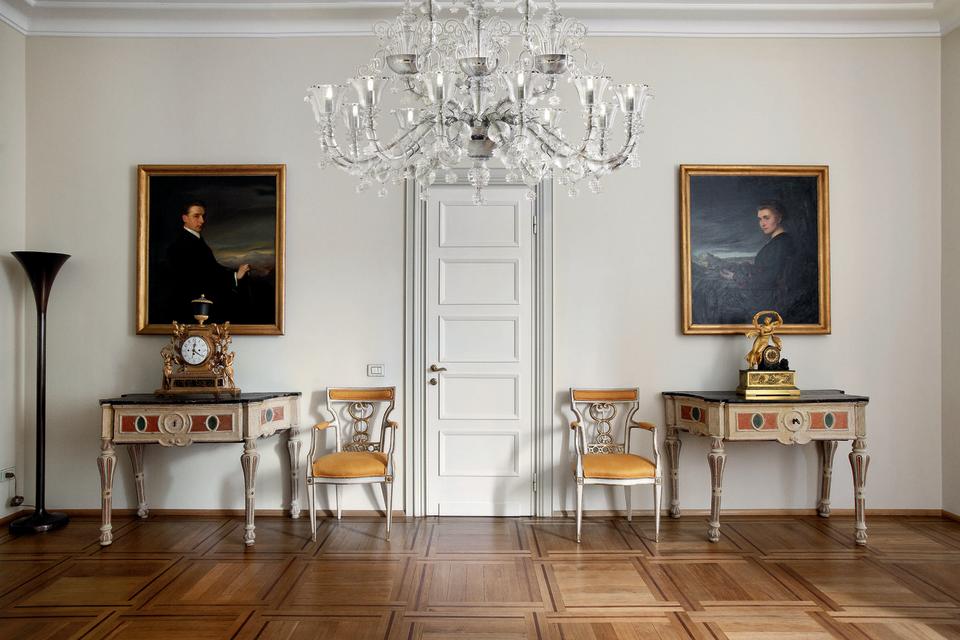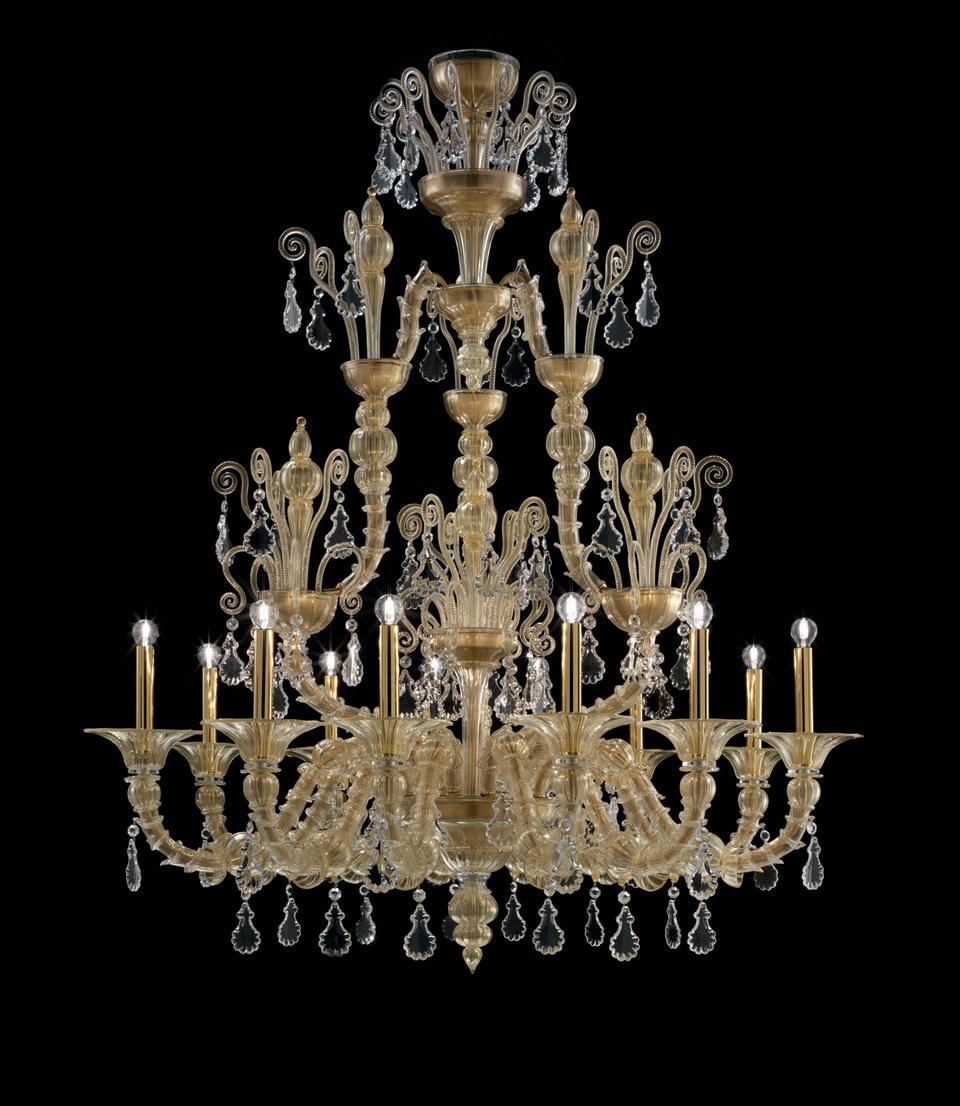Meet Barovier&Toso, the Royals-Adored Lighting Brand That Dates Back to the 13th Century

Few brands that are still in existence today can date themselves back before the Italian Renaissance, but Murano, Italy-based lighting company, Barovier&Toso, is one such brand. Founded in 1295 by the Barovier family, the company leaves a legacy as storied and prestigious as its 700-year-history.
The original company, as founded by the Baroviers, cemented itself in the early 15th century when the Italian Renaissance was in full-swing. Angelo Barovier, known as "The Elder," was a true Renaissance man and channeled his passion for art and science into revolutionary—and beautiful—new glassmaking techniques. One of his crowning achievements was the development of cristallino, or clear, glass, which was such a pure and transparent glass that the he was granted an exclusive patent by the Republic of Venice. His fame in the glass industry was akin to Michelangelo's or Leonardo Da Vinci's in the realms of sculpture and painting.

The Baroviers continued to revolutionize and set the standard for the glass industry in Venice as Angelo's cristallino glass allowed Murano glassmakers to become the only mirror producers in Europe, propelling the neighborhood—and Venice itself—to be at the forefront of the glassmaking world. However, Venetian glass lost its prestige somewhat in the 16th and 17th centuries as country-wide renaissances began happening outside of Italy. Other countries soon rose to compete with Italy's glassmaking techniques—particularly France, England, and Bohemia (modern-day Czech Republic)—and became preferred choices by many royal courts and nobility.
Things started looking up in the early 1700s for Murano and Venetian glassmakers after King Fredrick IV of Denmark received a glass collection from the City of Venice, and built an iconic glass cabinet to hold his newfound treasures. Other royal courts began to follow suit, though Bohemia and France especially continued to expand their craft—and prestige. Tragically, after Napoleon conquered Venice in 1797, he abolished all Venetian guilds, sending the Barovier family—and other glassmakers—in a tailspin. But nonetheless, these makers persisted once again.
After centuries of struggle, six brothers of the Toso family opened a glassmaking firm in 1854 that focused on returning to the forgotten techniques of those early, Renaissance-era glassmakers, including those of the Barovier family's. Along with other glass masters, the Tosos helped usher a revival of Murano glass that restored its name, prominence, and provenance of its pieces. Meanwhile, the Barovier family opened their doors in 1880 to creatives of all kinds, from sculptors to architects, who began defining the brand's style of collaboration that is still in existence today.
The Barovier and Toso families joined forces nearly 100 years later, on the cusp of WWII, to become glass powerhouse Barovier&Toso. Upon this merger, the Baroviers were thriving in their development of new glassmaking techniques and the use of unique types of glass under the creative direction of the legendary Ercole Barovier. His designs are still in use today, including the brand's iconic Venezia 1295 Chandelier and legendary rostrato technique that still inspires the designs of new pieces and collections.

Though the industry suffered some through WWII, as did many others, glassmakers came out of the war stronger than ever and returned to their art with a new lens. Designs coming out of Venice were deeply rooted in the interior design trends and fashions of the day, and were now emphasizing the mid-century's love for minimalist, functional, and simple designs that utilized centuries-old techniques. Barovier&Toso was used to changing with the times, from Baroque to Art Deco and now the design preferences of the 1950s. Their breadth and mastery of glass made them sought-after by the world's most iconic names, institutions, and brands, from Four Seasons and Ritz-Carlton resort properties to Bulgari to the flagship stores of Louis Vutton, Cartier, and Dolce&Gabbana. Their works are also featured in museums and the Opéra Royal de Wallonie in Belgium.
Barovier&Toso further solidified their icon status in 1962 when Queen Elizabeth II had put a visit to the company's factory in Venice on her jam-packed itinerary. Less than 20 years later, Ercole Barovier's son and successor, Angelo, was tapped to create the iconic Taif chandelier for the Saudi King Al-Saud’s new palace in the eponymous city.

Today, Barovier&Toso continues to persist through a country ravaged early on by the pandemic. The brand opened a newly renovated showroom in 2020 and Palazzo Barovier&Toso in Murano, the latter of which offers visitors a first-hand experience inside the historic world of Venetian glass. The Palazzo is a must-see for design enthusiasts and history buffs visiting the The Floating City looking to be a part of the country's rich, living history.
You Might Also Like

